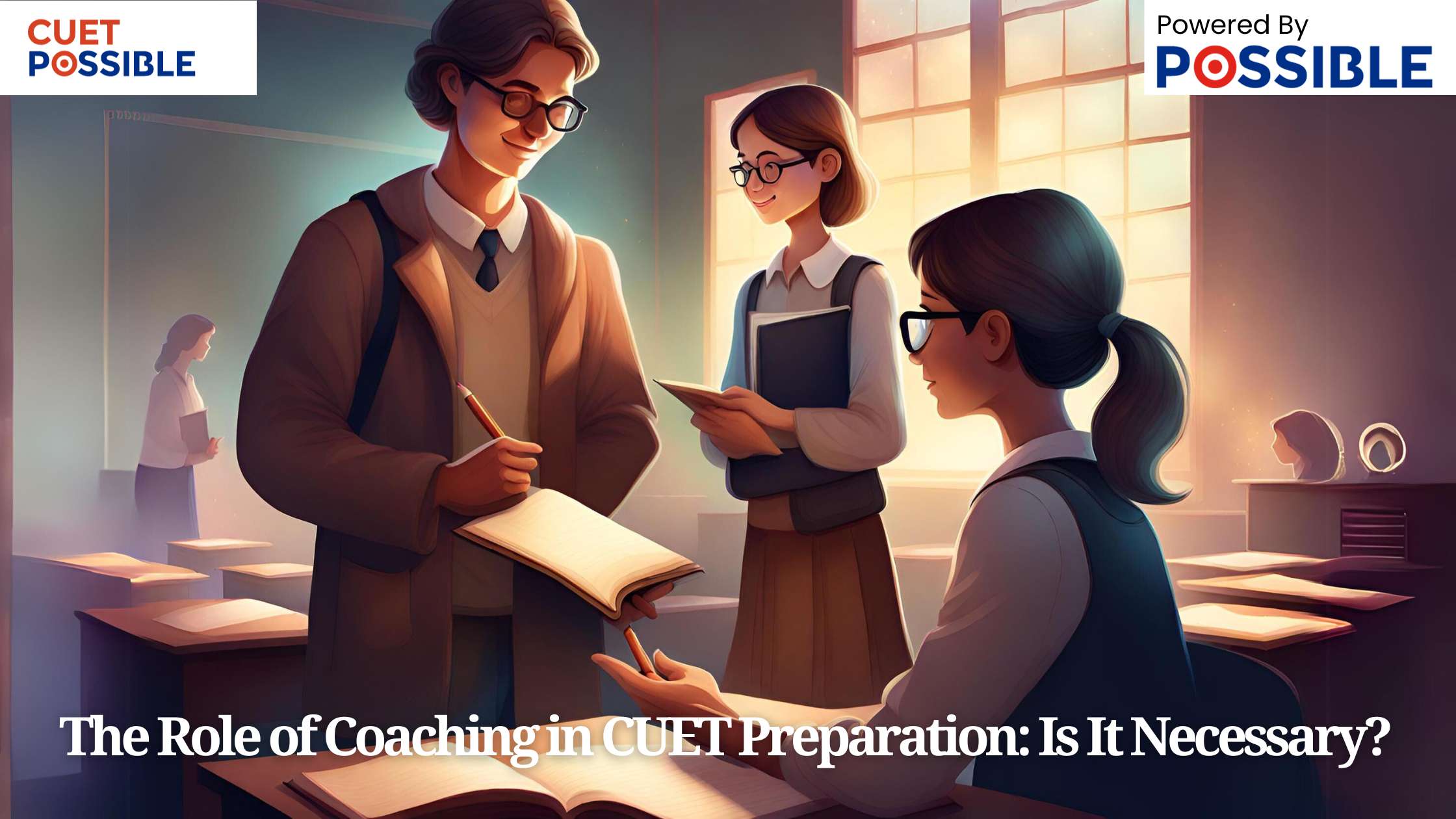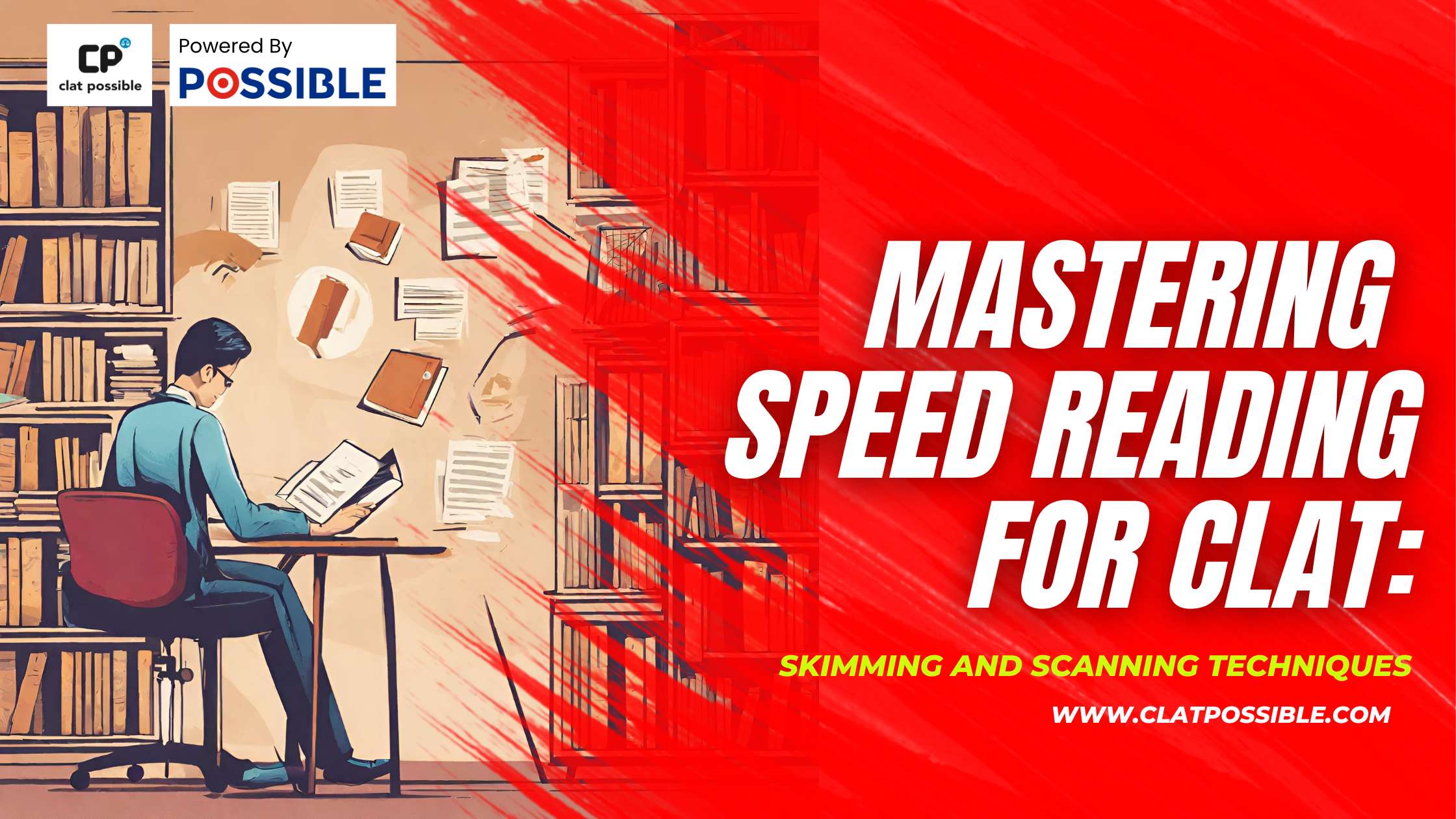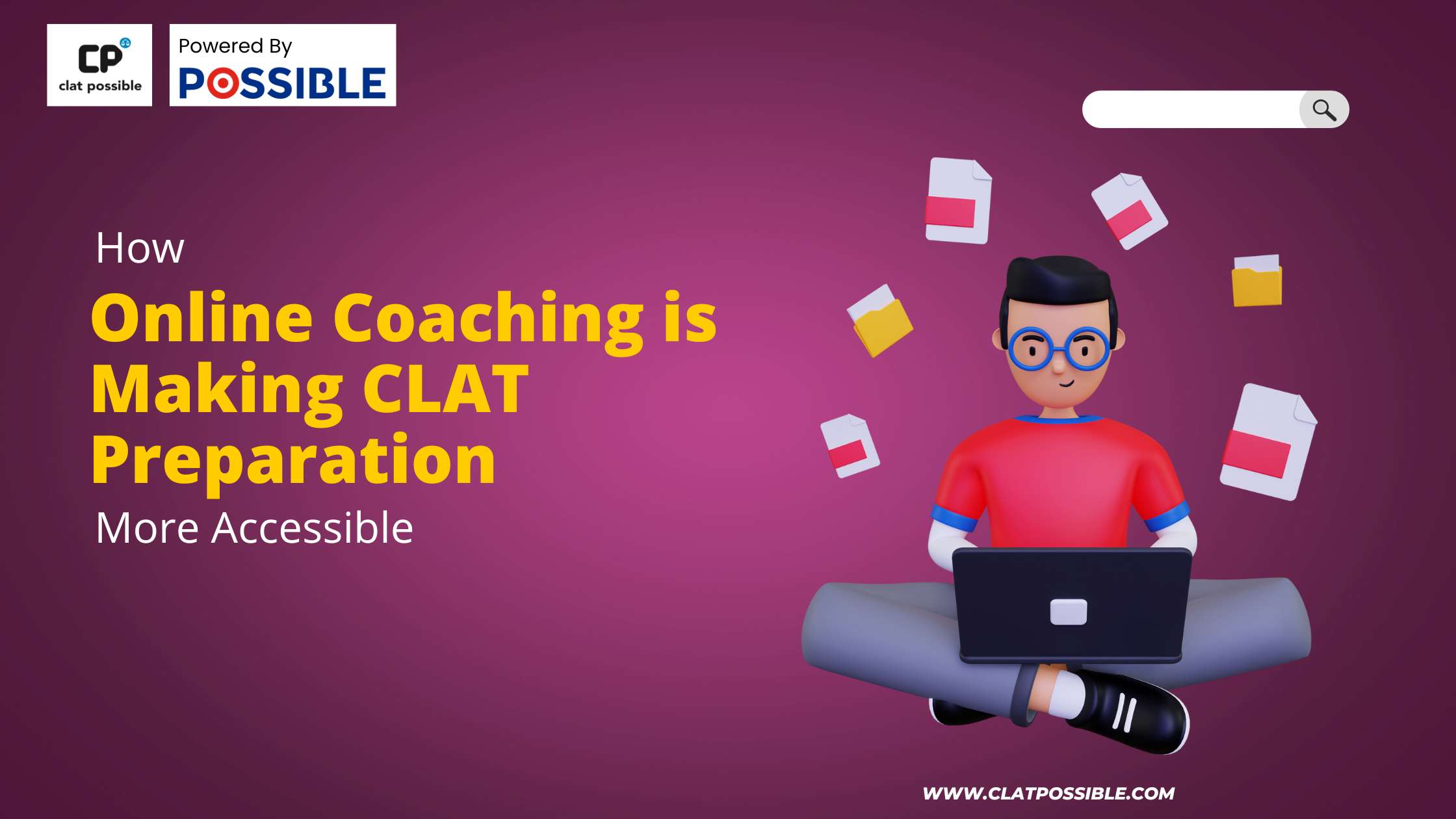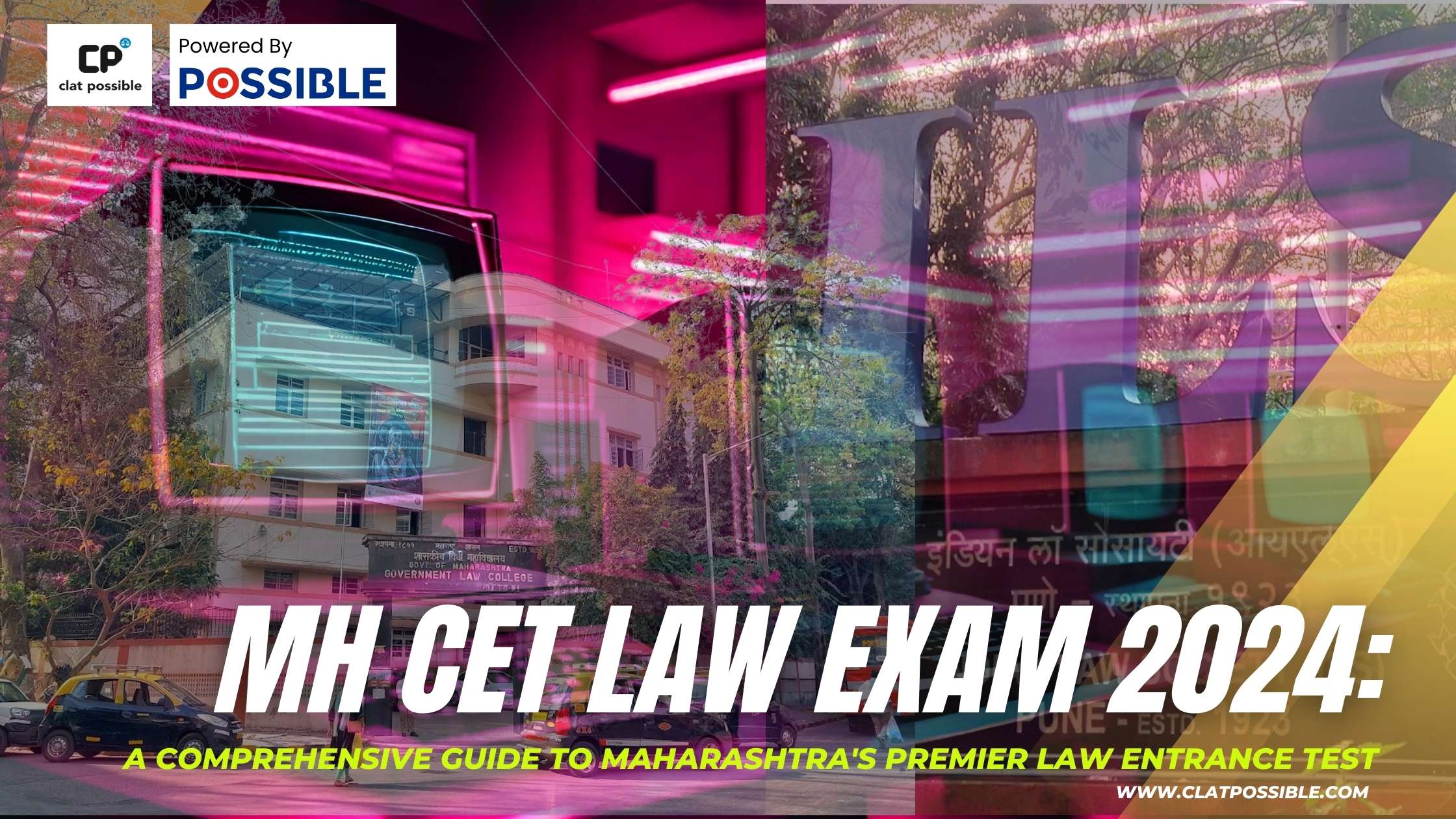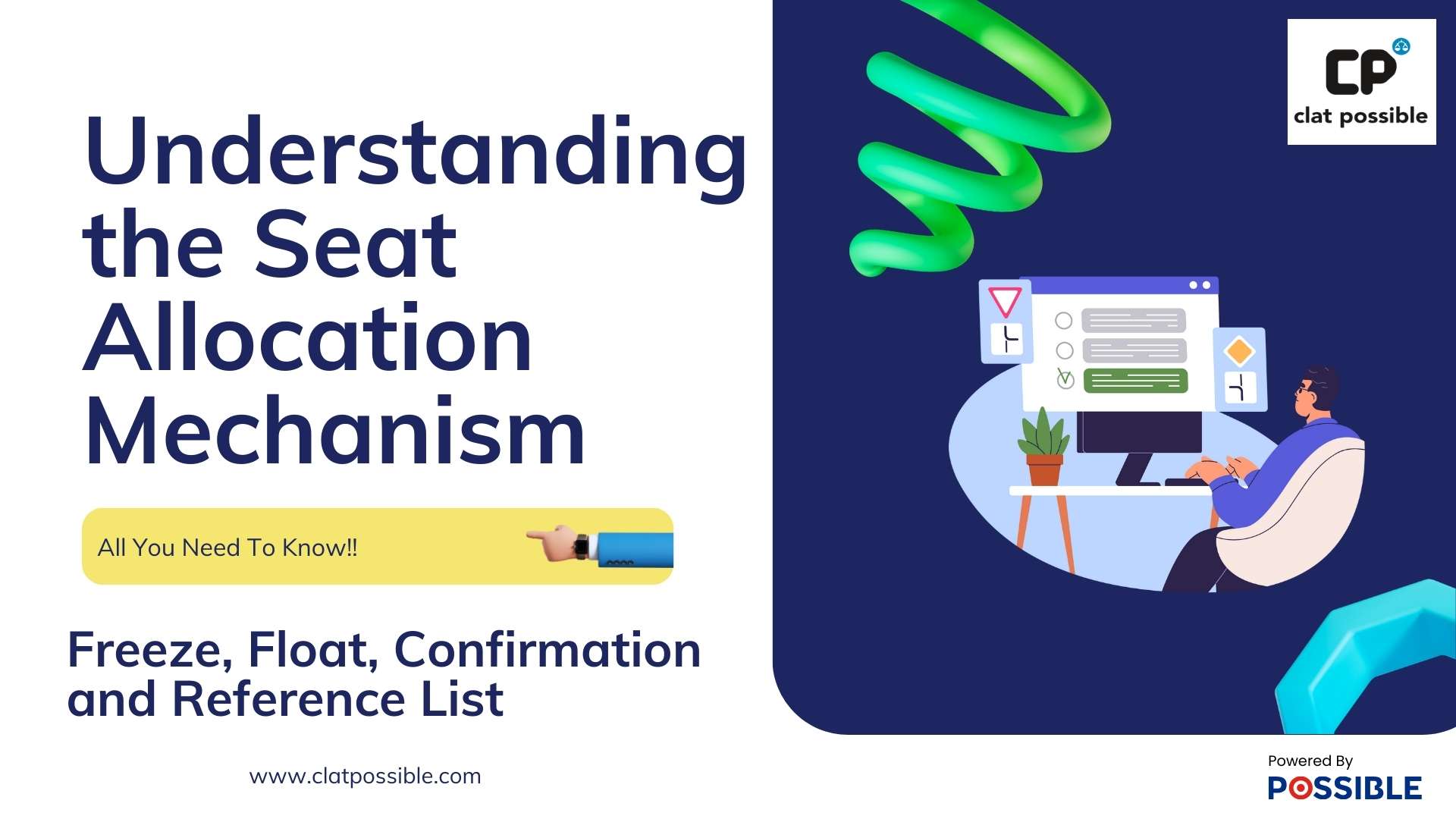
Ideal Strategy for CUET: Navigating through a high-stakes exam like the Common University Entrance Test (CUET) requires more than just a thorough understanding of the subject matter. Time, as they say, waits for no one, especially during a timed test. In an environment where every second counts, the key to succeeding isn’t just about how much you know but also about how efficiently and strategically you can deploy that knowledge. Just like a chess player anticipates moves and strategizes, you must plan and execute your moves during CUET with precision. Here, we delve deeper into the strategic nuances of time management for CUET to guide you on this crucial aspect of exam-taking.
Understanding the Test: The Foundation of Time Management
Dissecting CUET’s Framework: Before crafting a plan, understand CUET’s structural nuances. How many sections are there? What’s the weightage of each? Answering these foundational questions will enable you to allocate time more strategically.
Strengths and Weaknesses Analysis: It’s crucial to introspect and pinpoint which sections you’re confident in and which ones you struggle with. This insight will shape your strategy, letting you know where to accelerate and where to be cautious.
The Buffer Strategy: While assigning specific minutes to each section, always factor in some buffer time. These extra minutes will aid in revisiting tricky questions or reviewing answers before submission.
Practical Time Management Strategies for CUET
The Initial Scan: Invest the first few minutes in skimming through the entire paper. This cursory glance will help you gauge the difficulty level and spot questions you can answer immediately.
Stuck? Move On!: It’s easy to get hung up on a challenging question. But remember, every minute counts. If you’re stuck, bookmark the question, and proceed.
Consistent Time Monitoring: Occasionally glance at the clock or timer. This will give you an ongoing sense of your pace and whether you need to adjust.
Tech-Savviness: If CUET is a digital exam, ensure you’re comfortable with the interface. Little aspects like navigating between sections, marking questions for review, or even using the on-screen calculator can influence your time management.
The Role of Mock Tests in Perfecting Time Management
Practicing with mock tests is like rehearsing for the main performance. They:
Highlight Time Drains: Regular mock tests illuminate which questions or sections are consistently time-consuming for you.
Hone Speed and Precision: Practice not only makes you faster but also more accurate. Over time, you’ll develop shortcuts, strategies, and a sense of confidence, all of which contribute to better time management.
Build Mental Stamina: Sitting for long exams can be draining. Regular full-length tests will mentally condition you to maintain concentration and efficiency throughout CUET’s duration.
FAQs: Time Management during CUET
Q1: How do I balance time between easy and hard sections?
Answer: Start with sections you’re strong in. This boosts confidence and ensures you secure those marks quickly. Allocate specific, yet flexible, time slots for each section based on your comfort level.
Q2: Should I answer questions sequentially?
Answer: Not necessarily. After the initial scan, prioritize questions you find easier. This ensures you don’t miss out on scoring opportunities.
Q3: How do I deal with unexpected challenging questions?
Answer: Stay calm. If a question seems unusually tough, mark it and move on. Return to it if time permits.
Q4: Are mock tests really that crucial?
Answer: Absolutely! Mock tests are simulations of the real experience. They help you identify patterns in your performance and make necessary adjustments.
Concluding Thoughts: More Than Just Watching the Clock
Managing time during CUET isn’t just about frequently glancing at the ticking clock. It’s about understanding the rhythm of the test, synchronizing with its pace, and dancing to its tunes with agility and precision. This synchronization is what can set apart the top scorers from the rest. It’s a delicate art of balancing speed with accuracy, of knowing when to sprint and when to pause. As you gear up for CUET, remember that while thorough preparation is the backbone of success, mastering time management is the edge that can tilt the odds in your favor. It’s this combination of knowledge and strategy that paves the way for standout performance. As you embrace these strategies, see them as tools in your arsenal, sharpening them with practice and using them with confidence on the day of the exam.

